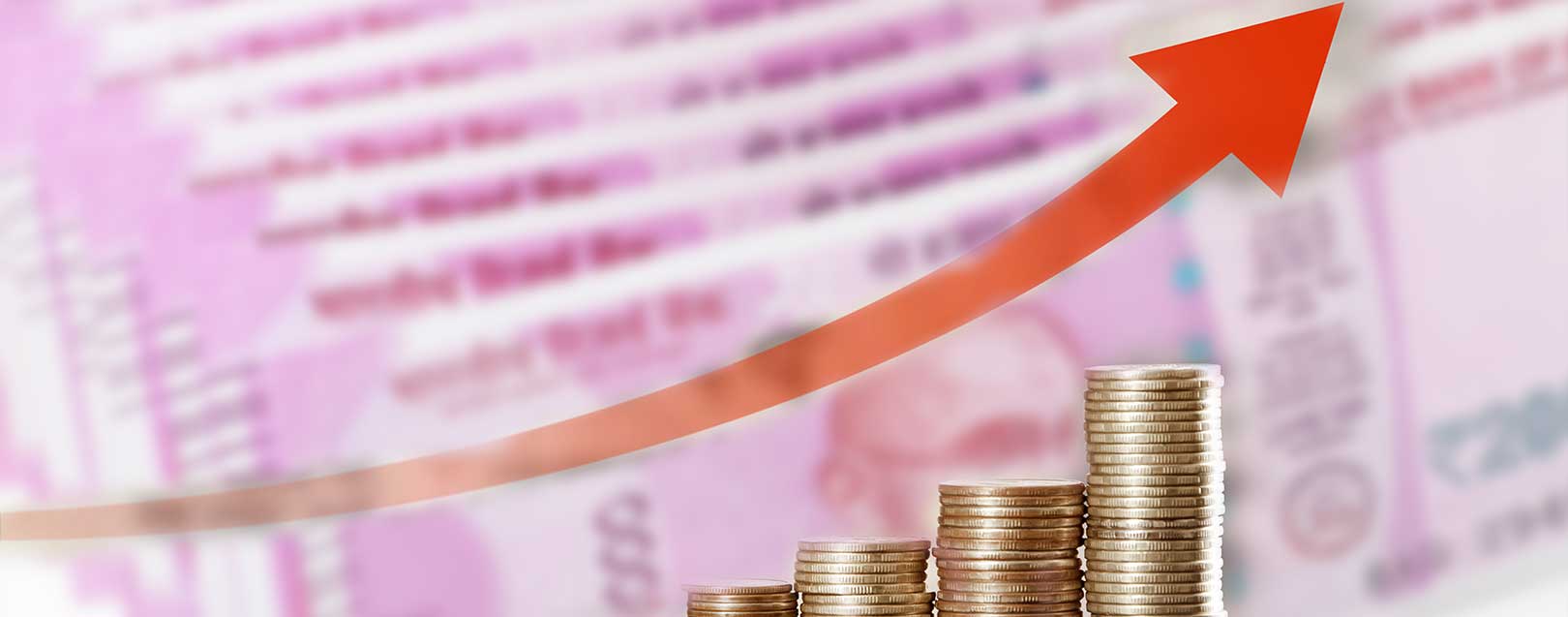
Indian rupee is having a great time. Since the beginning of the year, the currency has appreciated over 5.5% against US dollar – from Rs.68.0225 on January 2, 2017 to Rs.64.2776 on April 25, 2017. Not just this, the Indian currency has also outperformed most of its emerging market peers since the start of 2017. And, the reason for this is simple. Foreign institutional investors (FIIs) have been pouring in big money, in both Indian debt and equity, all this while.
Perhaps this is one of rupee’s best performances (for the aforesaid time duration) against the greenback in the last few decades. And experts believe that its spectacular run will continue to awe the forex world for some time, at least, as the factors behind the rupee’s rise are unlikely to change soon. While most of India’s macroeconomic indicators point in the direction of growth, positive developments on the policy front (like implementation of India’s biggest tax reform Goods and Services Tax from July 1, 2017, opening up of various sectors for foreign investors, etc.) too ensure that investors remain optimistic on India growth story.
Meanwhile, the market participants continue to be sceptical of promises and policies being floated by the Trump administration and as such have been cutting long positions in dollar. Result: Emerging market currencies, particularly Indian rupee, have been gaining traction. Even Reserve Bank of India has not been intervening this time around. While reining in inflation might be a reason, this along with Commerce Minister Nirmala Sitharaman’s statement of “currency not being the only tool to drive exports” will certainly help the Indian currency appreciate further against the US dollar. In fact, according to market experts, rupee could rise to 63 levels in the next 1-2 months.
While currency appreciation might be good news for importers, India’s exports sector is definitely the one on the receiving end. In fact, Indian exporters have been struggling hard to protect the value of their receivables over the last few months, particularly since the day the rupee started its upward journey against the greenback. And there seems to be no respite for them in the near term. “A stronger INR will shave off 4% of the markets’ earnings growth and hurt export-sensitive sectors and potential exports in general. And while there will be balance sheet gains for some (market level), we see profit and loss pain overriding balance sheet gains,” states a report from Edelweiss.
Many market experts believe that the appreciation of rupee is a short-term phenomenon and will not affect India’s export competitiveness much as other currencies have also been gaining ground. They are also of the opinion that once the inflation picks up and the current account deficit widens, the rupee trajectory could well reverse. But then, the exporters community cannot wait forever. India’s exports have just come back on track after a long diversion and an appreciating rupee may derail exports recovery. Ignoring the problem for long could make the situation more complicated than usual.
If rupee continues to appreciate at the current pace for a month or two, India’s central bank will have to intervene the way it has been doing in the past. It’s always good to nip a problem in the bud. Isn’t it?
Get the latest resources, news and more...
By clicking "sign up" you agree to receive emails from The Dollar Business and accept our web terms of use and privacy and cookie policy.
Copyright @2024 The Dollar Business. All rights reserved.
Your Cookie Controls: This site uses cookies to improve user experience, and may offer tailored advertising and enable social media sharing. Wherever needed by applicable law, we will obtain your consent before we place any cookies on your device that are not strictly necessary for the functioning of our website. By clicking "Accept All Cookies", you agree to our use of cookies and acknowledge that you have read this website's updated Terms & Conditions, Disclaimer, Privacy and other policies, and agree to all of them.

